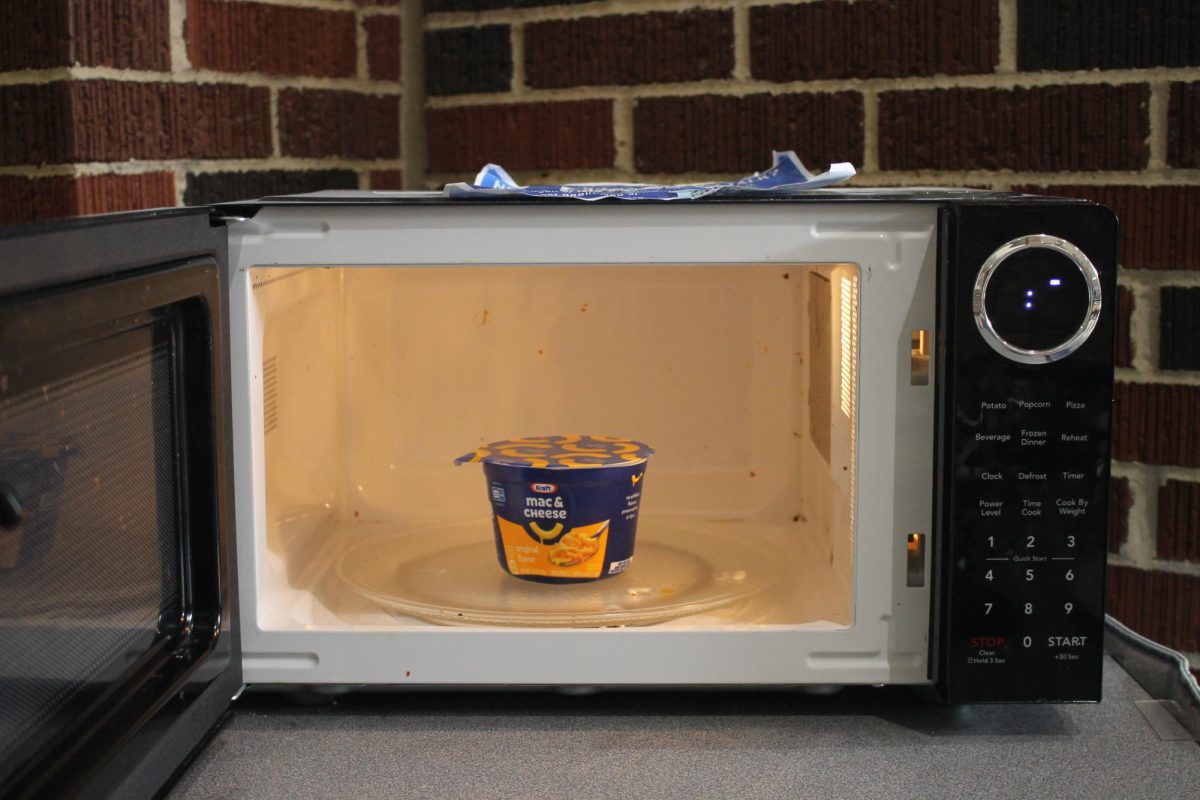Microplastics are tiny particles that are less than 5 millimeters in size, barely larger than a pencil point and largely invisible to the human eye. Despite their small size, these plastics are quickly becoming a significant environmental and health concern, arising as a result of larger plastic debris and litter in oceans.
“Ultimately, through sunlight and the mechanical energy of the waves, all plastics—be they water bottles or whatever form makes its way to the ocean-after years of UV radiation and the mechanical jostling of the waves—form these little beads called microplastics,” MAPS environmental science teacher Jeff Barrows said. “The unfortunate part is that they are now easily mistaken as food by marine organisms.”
While the full impact of microplastics on human health remains unclear, there is evidence to suggest that chemicals in plastics, such as estrogen-mimicking compounds, could affect reproductive organs, particularly in young children and pregnant mothers.
“Some people doing research are specifically trying to figure out if microplastics impact health,” Perinatologist Mayra Zlatnik said. “In laboratory animals, there was some thought that they could damage the lungs and the intestines and potentially reproductive organs. Others are finding microplastics in the placentas of people who had had either preterm births or babies that maybe weren’t preterm but were born too small.”
The dangers of microplastics go beyond pollution, they can also be linked to various health issues.
“Ingestion of microplastics has been correlated with human irritable bowel syndrome,” microplastics expert Britta Baechler said. “Similarly, some of the chemicals associated with plastics like bisphenol, which is actually commonly used to line canned food products, is associated with chronic illnesses like heart disease and diabetes.”
Microplastics are also found in our clothing and also microwave safe dishes. There are ways that we can reduce the consumption of these plastics by making small changes in the way that we do some things in our daily lives.
“As far as getting less plastic into your body as an individual, we think that microwaving plastic increases the risk of the plastic breaking down and some of it getting into your food.” Zlatnik said. “If you want to microwave some leftovers, the ideal thing would be to dump it into a ceramic bowl or a glass bowl or dish plate, and heat it up that way rather than in a plastic container.”
Additionally, we can reduce the impact that plastics from clothing have by using a mesh bag in your laundry that catches microplastics and prevents them from spreading into our water sources according to Zlatnik.
“The bag has a very fine mesh and the idea is that you would wash your clothes, anything that’s essentially made out of plastic that you’re laundering.” Zlatnik said. “Instead of going straight down the drain into wherever your water goes, they would be caught in the filter, and then you could pull it out like you would pull lint out in the dryer except it’s a smaller volume.”
There are many ways that people can reduce the ingestion of microplastics. The solution to this crisis will require a concerted effort across all levels of society.
“It’s as simple as what we’ve talked about in class, and that is we’ve got to consume less plastics,” Barrows said. “Because, ultimately, where the microplastics are, they are entering into the food web in marine environments.”
Cutting down plastic use and finding ways to prevent plastic from breaking down into microplastics is critical to ensuring the health of both the environment and human populations. Reducing our reliance on plastic is one of the most effective ways to curb this growing problem according to Baechler.
“The big macro plastics we use in our everyday life are not all necessary,” Baechler said. “We have been overproducing and over relying on plastics, particularly for packaging and single use packaging. When those make their way out into the environment, they break up into microplastics.”




